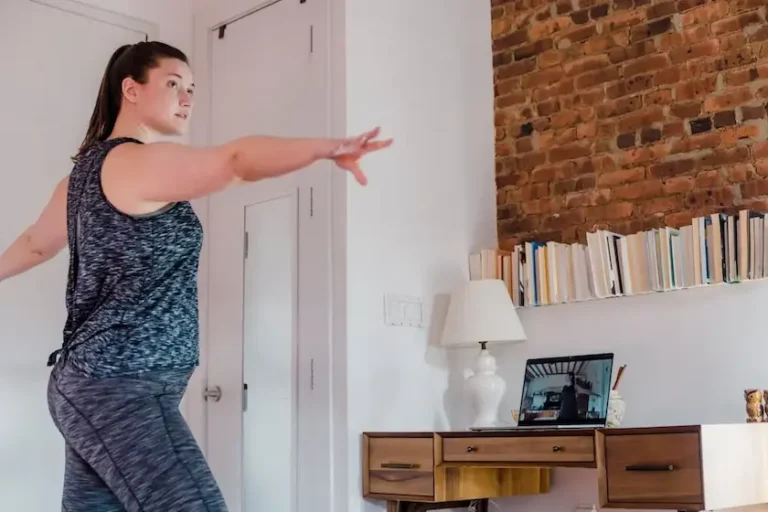8 Best Squat Variations for Beginners
Some of the links on www.evxea.com may be affiliate links. I only recommend products and services that I believe add value to my audience. As an Amazon Associate I earn from qualifying purchases. Your support is greatly appreciated!
The squat is considered a fundamental exercise to strengthen, shape and tone the lower body and the core muscles. The old school philosophy is that if you don’t do the back squat, you are not serious about your fitness goals, you will not reach your full potential to build muscle or get stronger, you are not one of the cool (strong) kids at the gym, and so on.
The standard way to squat and the ideal for maximum strength and muscle gains is done with a barbell placed high across the trapezoid muscles or across the mid trapezoids. This is causing the trunk to lean forward in different degrees and the hips to move backwards in different degrees to maintain balance. It depends on which part of the lower body you want to focus on and whether your structure is quad or glute dominant.
Either way, this is not an easy body position for beginners, because it requires good mobility in the ankle, knee, hip and shoulder joints. Additionally, it requires strong core muscles to stabilise the torso. Squatting with sloppy form can lead to serious injuries, so learning to squat with correct form is key.
Common problems and mistakes when doing squats
Most people who can’t squat correctly face the following problems at different parts of the movement, because of poor mobility or because of their body structure:
When you are a beginner, all this can happen and you have to work on your technique and mobility to do squats with perfect form.
The good news is there are many variations of this exercise to choose from, each one with a different goal in mind, to focus on specific muscles, or at different difficulty levels. In this article, we go through a list of the best squat variations for beginners to learn how to squat with perfect form and be able to progress to more challenging variations. You can do most of them at home.
The best squat variations for beginners
1. Stability Ball Wall Squat
You will need a Swiss ball for this one, but the ‘physio’ ball is both affordable and versatile. This is the easiest and safest squat variation for complete beginners, for many reasons:
2. Plié Squat
Although inspired by the plié ballet move, this exercise comes with some advantages:

3. Box Squat
For this exercise, you will need a chair, bench, plyometric box or an adjustable height platform. Let’s just call it a box for practical reasons.

4. Air Squat
This is a simple bodyweight free squat.
Subscribe to the newsletter
Receive updates about new articles, free resources and service offerings.
5. Elevated Heels Squat
For this exercise, you will need a low platform like a weight plate, board, wedge, or wedge trainers.

6. Goblet Squat
After you can do the parallel air squat, the next step is the goblet squat.

7. Isometric Wall Squat
Although it will not teach you how to do the back squat, let’s focus on what makes it a good exercise for beginners:

8. Smith Machine Squat
The only drawback is that you need a gym subscription or a Smith Machine.
Now take action and do squats
Start experimenting with the different variations, starting with the easiest for your fitness level and progressively increasing the difficulty. Naturally, when you begin exercising, your mobility and flexibility increases to some degree. If your body doesn’t seem to adapt easily, you will also have to work on your mobility.
We are all built differently and listening to our body is crucial. No matter if the squat is considered a fundamental exercise, or some expert tells you that the x, y, z variation (of any exercise) is the best, if an exercise causes pain while you do it, change it. Try adjusting your body position, and if this doesn’t fix it, then stop it. There are many alternatives and you have to pick the best for your body structure. You can always go back and try again as your fitness level and experience increases.
Some of the exercises above can also be used as workarounds when recovering from injuries, when getting back on track after a long break from your normal routine, when you are travelling, or just because you love them.









